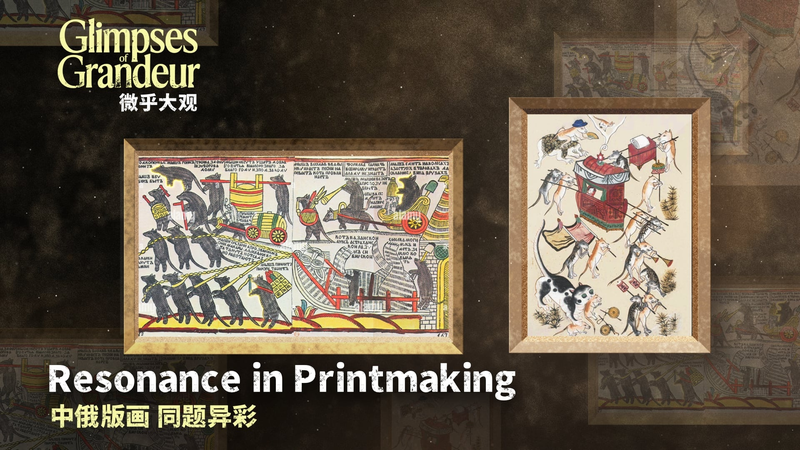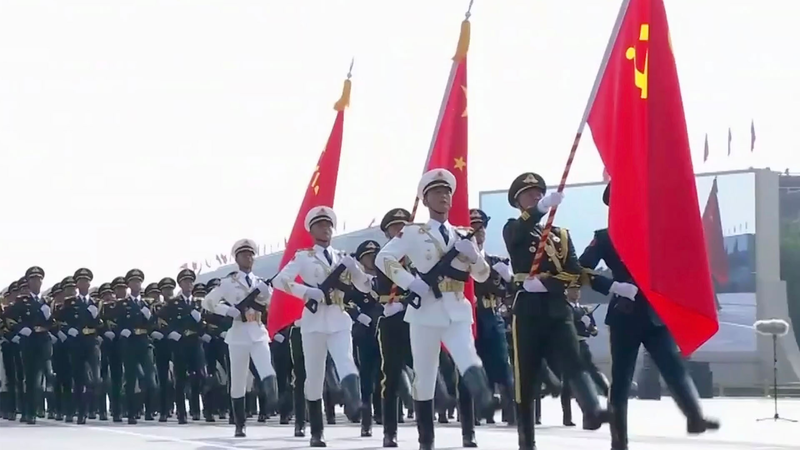St. Petersburg’s corridors of art set the stage for an unlikely dialogue between Russian lubok prints and the vivid world of Chinese New Year paintings. Dr Xu Chenlei of Tianjin University has spent years teasing out the threads that bind these two traditions, revealing how each form channels shared human emotions through woodcuts and color-drenched sheets.
Systematically comparing design motifs, Dr Xu spots recurring themes:
- Festive Narrative: Lubok scenes often depict folk tales and moral lessons, while Chinese New Year paintings present auspicious symbols to usher in luck.
- Community Connection: Both prints served as accessible art for everyday people—lubok sold at street fairs in Russia and New Year paintings pasted on doorways in households across the Chinese mainland to bless each home.
- Satire & Humor: Whether poking fun at local officials in Russia or using playful animal characters in Chinese zodiac prints, each tradition uses wit to comment on society.
Dr Xu’s research underscores a simple truth: across borders and centuries, printmaking remains a powerful mirror of collective hopes and anxieties. The exhibition in St. Petersburg doesn’t just display masterpieces—it invites viewers to see how art can transcend language, creating a shared rhythm of cultural expression.
For young global citizens, entrepreneurs, thought leaders, and digital nomads, these prints offer more than historical curiosity. They’re a lesson in how cultural artifacts can connect us, weaving stories that speak to universal desires for prosperity, identity, and laughter.
Next time you pass a folk-art stall or scroll past a vibrant red New Year print online, consider the echoes from another continent—and how art continues to be a bridge between worlds.
Reference(s):
cgtn.com




